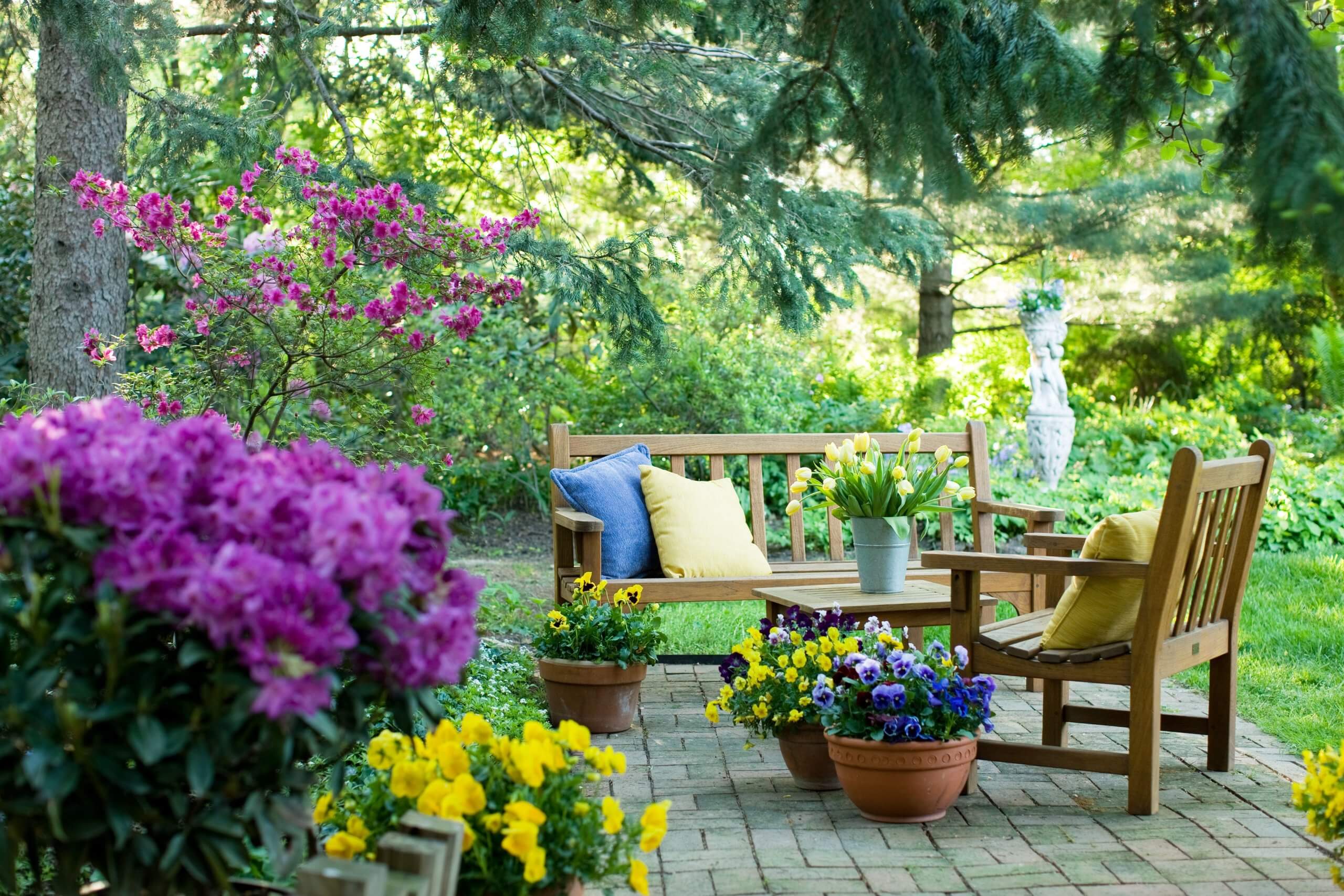
Prune to Protect Your Landscape Investment
Proper Pruning Tips
Proper pruning is an investment in the long-term health of your plants and in the overall look and safety of your property. Pruning is one of the best things you can do for your landscape.
- Restricting Size: Preventing a tree or shrub from outgrowing the garden. Keeping them away from any building or structure is important to prevent damage.
- Vigor: Pruning stimulates growth. Hard pruning can correct a defect or damage by producing new growth.
- Shape: Keep a shrub in balance with the landscape by removing stray or erratic branches.
- Health: Removing dead, injured, or diseased branches will improve a tree’s or shrub’s health. Careful pruning to improve the structure and the removal of any rubbing branches will extend the life of a tree or shrub.
- Encourage Flowering: Pruning at the correct time of year can coax the production of flower buds.
- Formal Garden Care: Special shapes, whether a prized topiary or trained espaliered tree, require unique pruning techniques.
- Improve the appearance of Evergreens: Light pruning can keep their foliage dense and evergreen hedges under control.
Pruning Don’ts
Some pruning practices can be harmful if done incorrectly, so the use of proper pruning techniques is very important. Great horticultural practice matches the best pruning techniques and correct timing to the specific result you desire.
- Don’t prune within 10’ of any electrical utility line.
- Don’t top trees (cutting off the top will reduce the remaining top branches to stumps).
- Don’t prune in the spring until all blossoms have opened.
- Don’t leave more than ¼” of growth above shrub buds.


